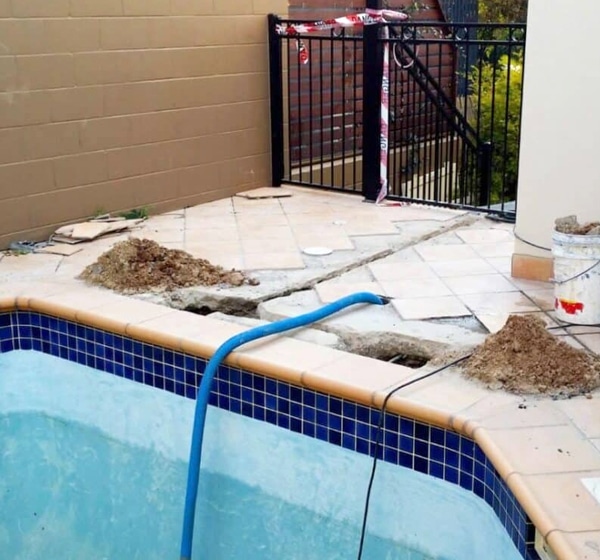Call Us TODAY: (417) 771-7552

Pool Resurfacing and Pool Replastering
Is your pool starting to show signs of wear and tear? Pool resurfacing, also known as pool replastering, is the solution to make it look brand new again. Typically, pools need to be resurfaced within seven to ten years after installation, and then every ten to fifteen years thereafter.
Over time, the combination of water, chemicals, and general use can lead to staining and erosion on the surface of your pool. If you live in an area with hard water, this process may occur more frequently. If you believe it's time to resurface your pool in Springfield, MO, Kansas City, St. Louis, Bentonville, don't hesitate to reach out to Imber Pool & Outdoor.
How Do You Know Your Pool Needs Resurfacing
If it has been seven years since your pool was installed, you may be unsure if it needs resurfacing. Look out for the following signs to determine if it is time for pool resurfacing:
- Pool Stains: Even after scrubbing and acid washing, stains remain in your pool.
- Pool Texture: Your pool is becoming rough to the touch.
- Pool Chipping: You have noticed chips or cracks in the pool walls, and there may even be pieces of the wall in your skimmer.
- Pool Leaks: Chips and cracks in the plaster surface can cause leaks, leading to further damage to the concrete foundation of your pool.
If you observe any of these signs, it is a clear indication that you should consider resurfacing your pool. If you are still uncertain, reach out to the professionals at Imber Pool & Outdoor for assistance.
Three common products for Pool Resurfacing in Missouri and Northern Arkansas
Looking to resurface your pool? Here are three options to consider:
1. Pool Plaster: This affordable option is made from a mixture of limestone, marble sand, and white cement. While it is usually white, it can be stained to match your desired color. However, keep in mind that it may feel rough to the touch.
2. Aggregate Pool Plastering: For a more natural look, consider aggregate plastering. This option combines plaster with pebbles, glass beads, quartz, and cement. It is pricier than regular plaster but provides a unique texture to the bottom and sides of your pool. You can choose to leave the pebbles exposed for a rough finish or have it polished for a smoother look.
3. Tile: Tile resurfacing is gaining popularity, despite being the most expensive option. Porcelain, glass, or stone tiles are installed on the pool's surface, giving it an elegant and sophisticated appearance. Keep in mind that this option requires more time and effort, similar to renovating a kitchen or bathroom.
For more information on the best products to resurface your pool, contact Imber Pool & Outdoor.
What is the best material for pool resurfacing?

